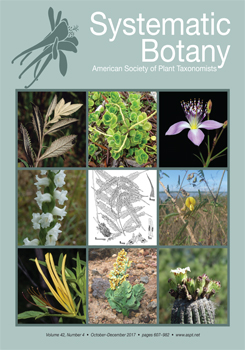Gaps between molecular ages and fossils undermine the validity of time-calibrated molecular phylogenies. An example of the time gap surrounds the age of angiosperms' origin. We calculate molecular ages of the earliest flowering plant lineages using 22 fossil calibrations (101 genera, 40 families). Our results reveal the origin of angiosperms at the late Permian, ∼275 million years ago. Different prior probability curves of molecular age calculations on dense calibration point distributions had little effect on overall age estimates compared to the effects of altered calibration points. The same is true for reasonable root age constraints. We conclude that our age estimates based on multiple datasets, priors, and calibration points are robust and the true ages are likely between our extremes. Our results, when integrated with the ecophysiological evolution of early angiosperms, imply that the ecology of the earliest angiosperms is critical to understand the pre-Cretaceous evolution of flowering plants.
How to translate text using browser tools
18 December 2017
The Emergence of Earliest Angiosperms May be Earlier than Fossil Evidence Indicates
Karsten Salomo,
James F. Smith,
Taylor S. Feild,
Marie-Stéphanie Samain,
Laura Bond,
Christopher Davidson,
Jay Zimmers,
Christoph Neinhuis,
Stefan Wanke
ACCESS THE FULL ARTICLE

Systematic Botany
Vol. 42 • No. 4
December 2017
Vol. 42 • No. 4
December 2017
Calibration density
ecophysiology
molecular dating
origin of angiosperms
Permian
rate heterogeneity




